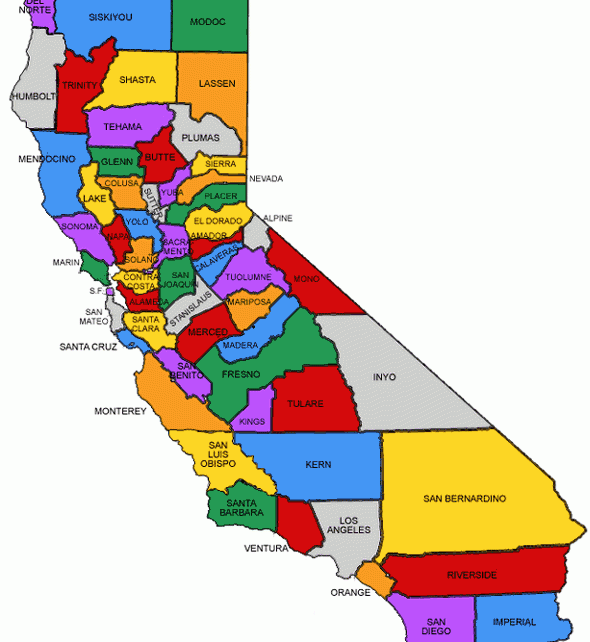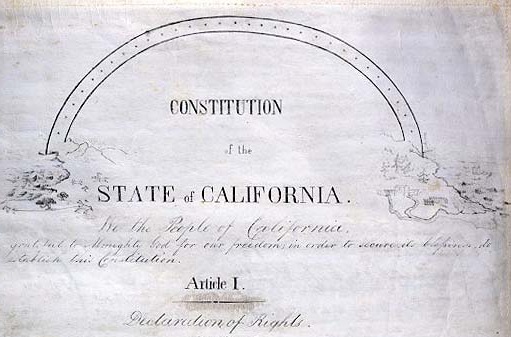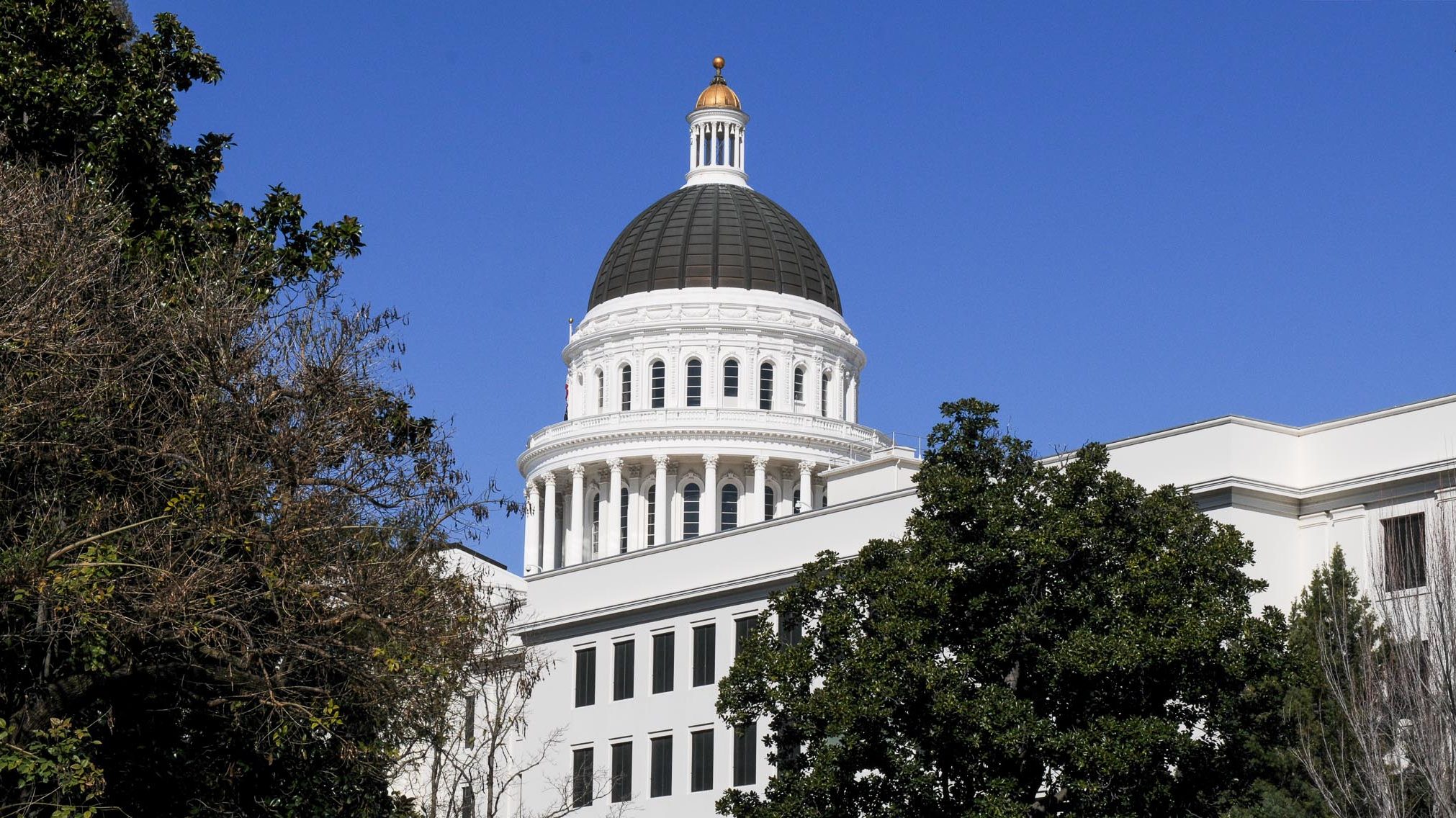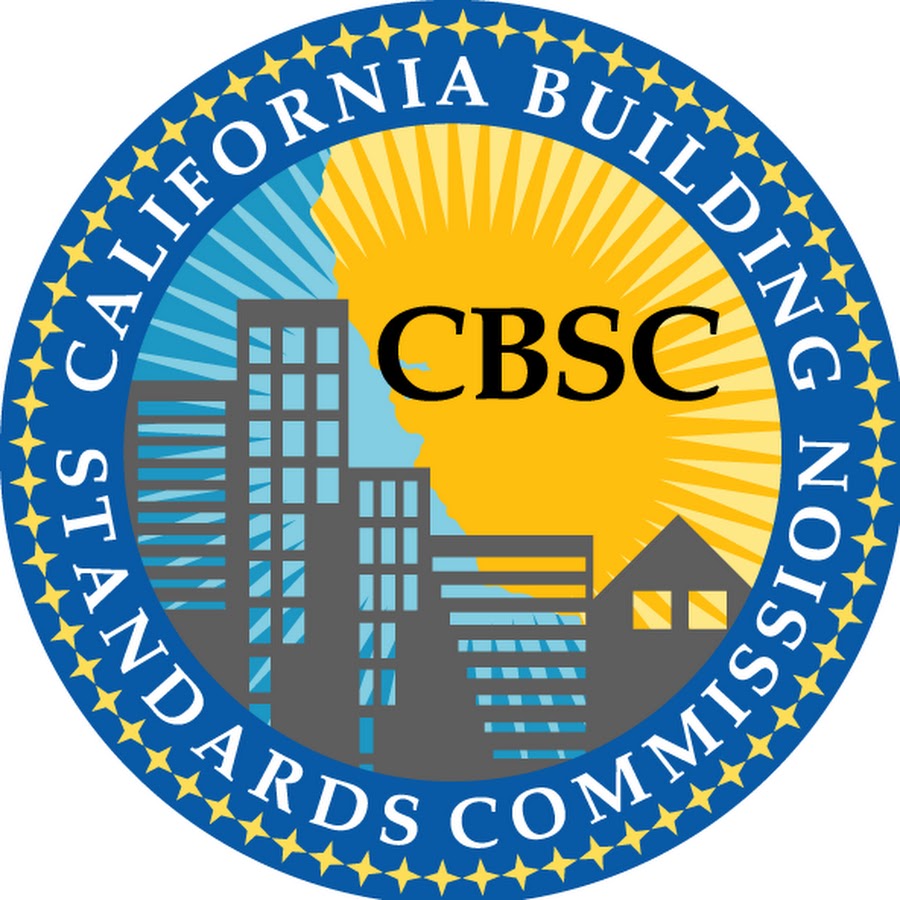
California map of Counties. (Photo: Pinterest)
Regional Governments in California
There are 58 counties, 482 cities, more than 3,500 special districts, and numerous regional entities
By Chris Micheli, July 12, 2020 9:27 am
Article XI of California’s Constitution, as well as the Government Code, provide for local governments. There are 58 counties, 482 cities, more than 3,500 special districts, and numerous regional entities.
In California, there are local governments and regional entities, often established by local governments combining resources. There are several types of regional governments in this state. Some of these regional governments are involved in the planning and funding of infrastructure in am area of the state. In other instances, they general in purpose.
For example, there are councils of governments (called “COGs”) that are formed and operate under California’s joint powers authority law. These COGs are utilized by cities and counties in most instances, while in others they operate as transportation commissions (called regional transportation planning agencies or RPTAs) for a geographic region. Some are designated under federal law as metropolitan planning organizations, or MPOs. In all of these forms, regional governments are overseen by local elected officials.
According to the California Association of Councils of Governments (CALCOG), there are four types of regional governments found in this state:
- Councils of Governments or “COGs.” General purpose regional agencies that can undertake any action in which their member cities and counties share in common. Although many COGs are formed to focus on transportation planning and programming, some COGs have been tasked by their local governments to address homelessness, water infrastructure, energy efficiency, earthquake safety, and more.
- Regional Transportation Planning Authorities. County or multi-county entities charged by state law in meeting certain transportation planning requirements.
- Metropolitan Planning Organizations. An MPO is a designation under federal law that encourages large urbanized areas to engage in regional transportation planning. California has 18 MPOs, four of which are multi-county MPOs that coordinate planning in three or more counties.
- Transportation Commissions and Authorities; Congestion Management Agencies. Most commissions and authorities are located within the multi-county MPOs. They provide a more localized focus to transportation planning within the larger region and often manage county-raised revenue from sales tax measures.
Regional authorities are formed across local jurisdictions in order to address regional plans and priorities. They will establish processes for regional decision-making in an area, identify and develop alternative options for consideration, and prepare regional plans.
There are also regional air quality management districts throughout California. There are 35 of these air quality districts in the state and are obviously charged with reducing air pollution in a geographic region.
These regional governmental organizations are utilized by local governments to make regional improvements including in transportation, air quality, and economic development, among areas. Among the larger regional governments are SCAG – the Southern California Association of Governments – and ABAG – the Association of Bay Area Governments.
- Visitation Rights for Minor Children - January 7, 2026
- Health Insurance Assignment - January 7, 2026
- Court-ordered Child Support - January 6, 2026




